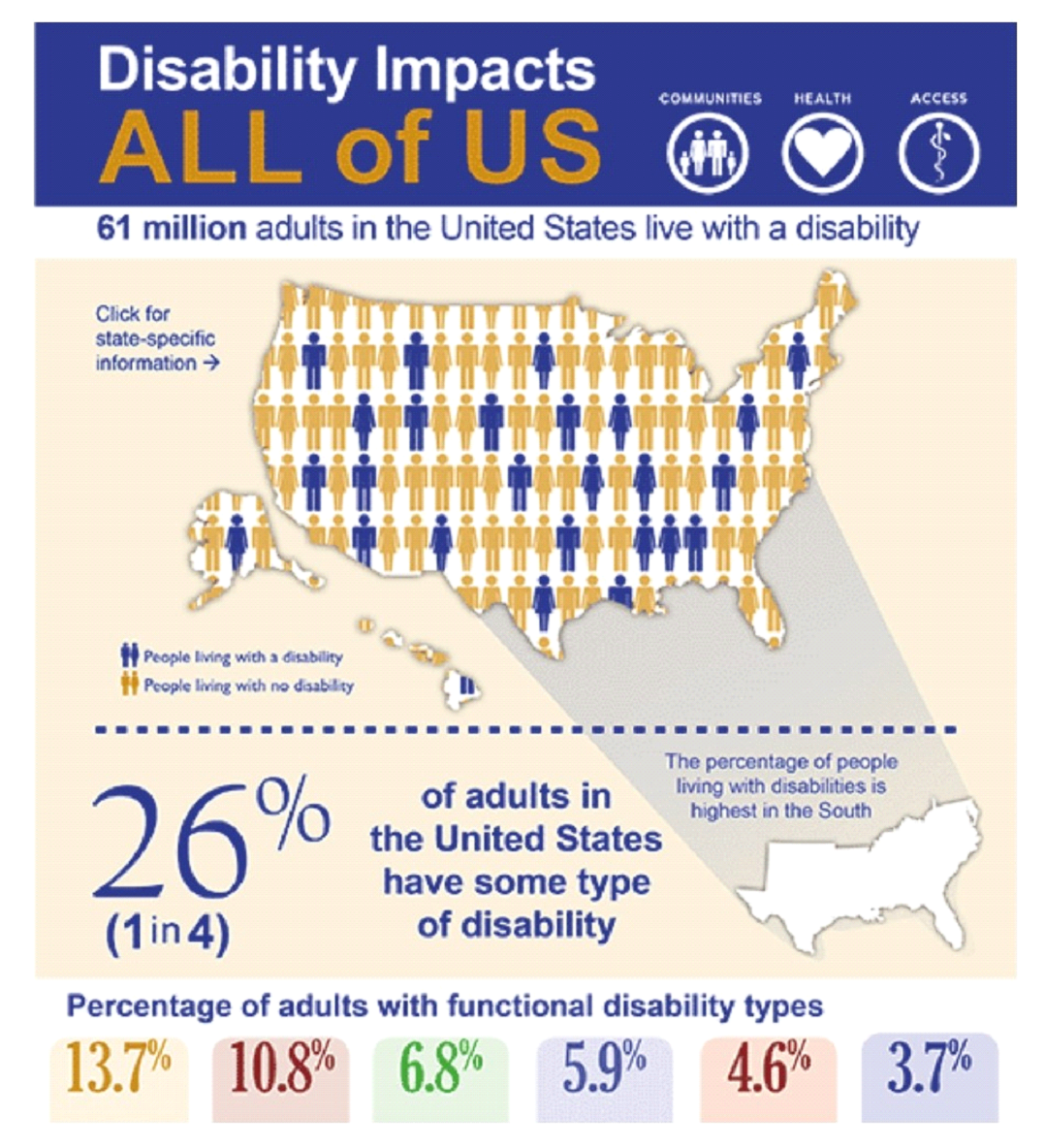
Synopsis of the Number of Individuals with Mobility Challenges
According to the CDC’s Disability Health Overview, the most common disability type are individuals with a mobility challenge which affects well over 8 million Americans including nearly 300,000 children that have a mobility challenge. Over the next few decades, these numbers are expected to significantly increase.
There are a wide variety of disability types that affect one’s mobility including spinal cord injuries, strokes, traumatic brain injuries, leg amputations, and neurological conditions. Mobility disorders range from mild to severe with some individuals requiring a prosthetic, some a cane or walker, and others a wheelchair. When it comes to being able to play golf, many of these individuals can be accommodated with a golf cart from a course’s fleet with an access flag while millions of others will require an accessible golf car to be able to play.
Here is a synopsis of the various mobility challenges:
| Mobility Challenge | Annual Basis | Survivors |
| Spinal Cord Injury | 18,000/yr | 296,000 |
| Strokes | 800.000/yr | 7 million + |
| TBIs | 223,135/yr | Tens of millions with varying degrees of brain trauma from mild to severe |
| Amputations | 185,000/yr | 1.365 million* This number is expected to rise to 3.6 million by 2050 |
| Multiple Sclerosis | Nearly 1 million | |
| Total | 1.3+ million | 9+ million |
Synopsis
There are currently nearly 9 million Americans living with a mobility challenge. Over the next few decades the pool of individuals (and golfers) with mobility challenges is expected to significantly increase. Not everyone that has a mobility challenge needs an accessible cart but the baby boomer generation ages and stroke survivors live longer, golf can, and should be, an important part of helping to improve the quality of life for those with mobility challenges.
Accessible carts allow individuals with mobility challenges to play the game from tee to green with fewer restrictions. These single rider golf cars are equipped with pneumatic tires that are similar to triplex greens mowers where the pounds per square inch is less than a human footprint which allows them to be able to safely drive onto the green without causing damage.
Golf facilities should have a plan in place to accommodate individuals with mobility challenges that would like to be able to play golf at your facility. As part of that plan, perhaps it is time for your golf facility to host an adaptive golf program and make a mobility-assisted cart available at your course. To find a course near you please visit the Stand Up and Play Foundation ParaGolfer locations page.
